How to dress a window without curtains – 5 designer tips for embracing a more minimalist look
Want to ditch the drapes? Here's what designers suggest you should be using instead
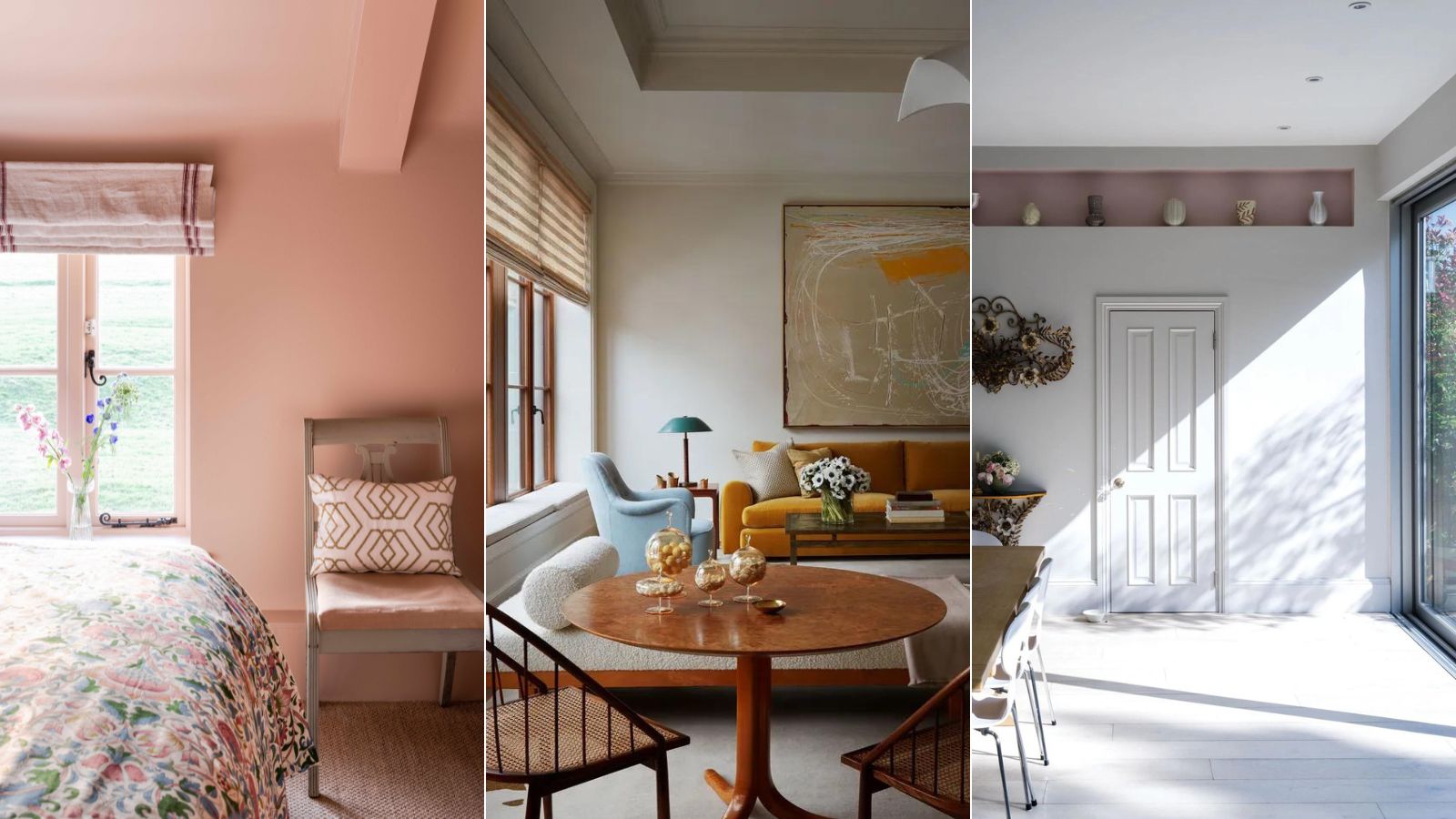
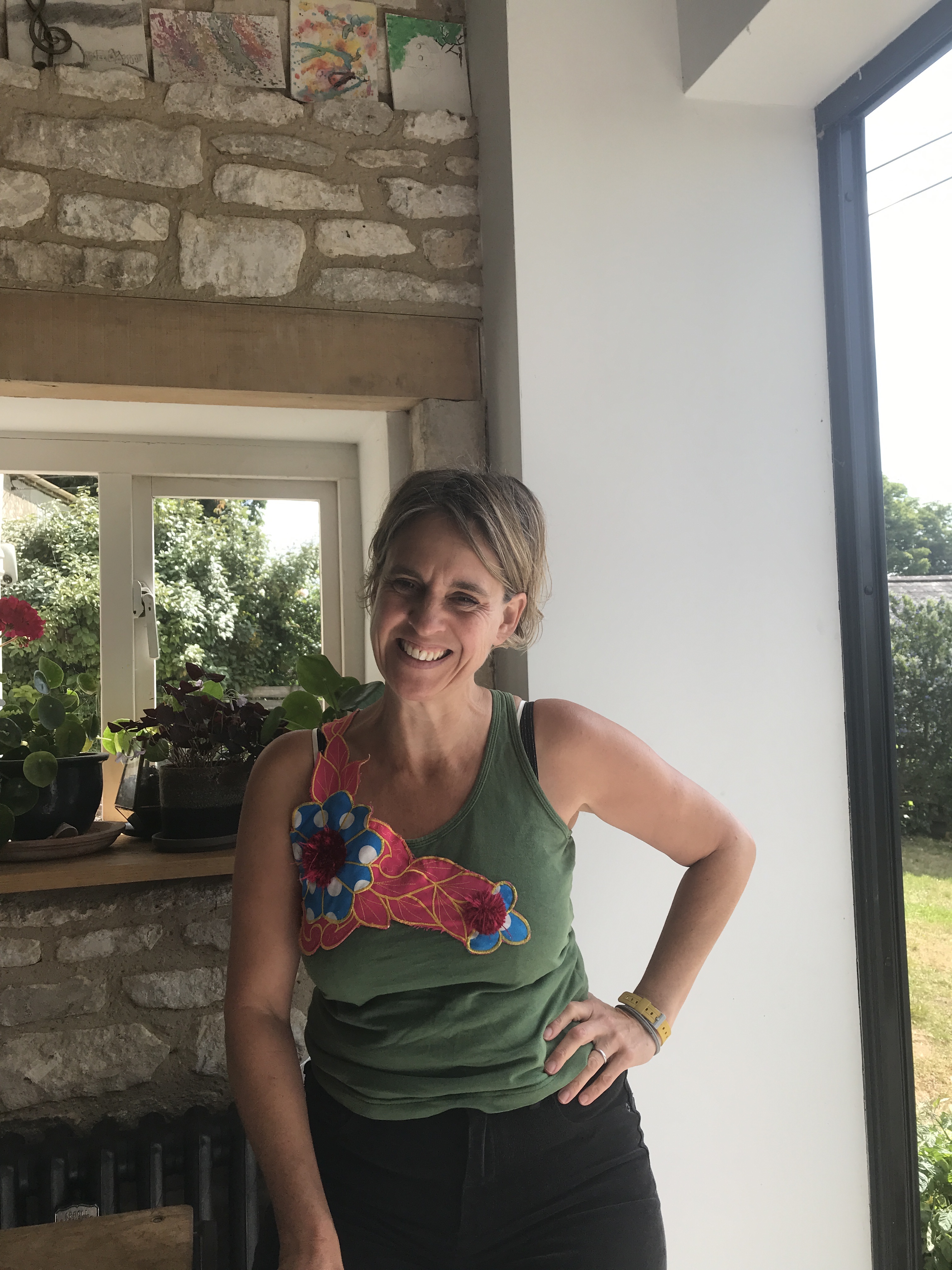
Drapes have their place. They are ideal for softer spaces that really benefit from the added warmth, texture, and elevation that a curtain can bring. However, in terms of interior design trends, they aren't often seen as the most exciting or modern approach to window treatments.
It can be the case that drapes add too much visual bulk to a room, they can sap light and in the wrong space can just look a bit heavy and fussy. Luckily, there are plenty of chic and sleek alternatives to curtain ideas – blinds, shutters, or even embrace the growing trend of ditching curtains altogether. We asked designers for what they use to dress windows when drapes don't feel quite right.
What are the best alternatives to drapes?
There are many stylish alternatives to curtains, most of which take up less space both physically and visually so can be ideal for smaller rooms. Drapes can sometimes distract from a beautiful window or view too, so in these cases, you might want to choose something that's less dominant and can get out of the way easily when not in use. Plus, they aren't the most practical for rooms that experience humidity or could be prone to splashes like in bathrooms or kitchens, so these alternative window treatment ideas would be a better fit.
1. Let beautiful bare windows be the focus
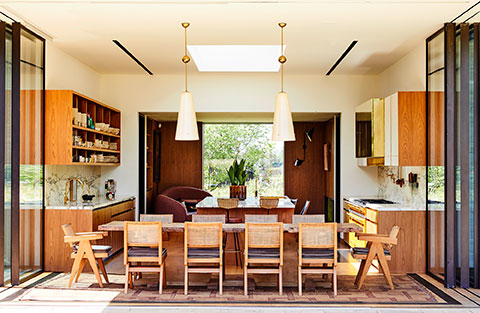
'The details are not the details, they make the design', said designer Charles Eames, as can be seen in this dining room by interior designer Peter Mikic. The architecture of the window is considered design enough. The view from the window adds to this decision.
You do not have to dress your window with any treatments at all. If you have a period house or an architectural window that is in itself a beautiful design, why overcomplicate matters? Simplicity in design is a style decision that can be far more impactful than bringing in extra furnishings when they are not needed.
Designer Melinda Trembly, at Rincon Rd says, 'In some cases, I recommend leaving a window with no treatment at all. Usually, it's driven by architecture. If a window treatment won't add anything to a space and takes away from the beauty of the architecture then I recommend leaving it bare. Think of a mid-century modern home with an angled picture window to a gorgeous view, there is no reason to fight it. If privacy or sun damage is a concern in those cases, I recommend an architectural window film.'
Emily Ruff, Cohesively Curated Interiors agrees that, 'For windows where drapery doesn't make sense if the window has a beautiful view and privacy or light filtering is not an issue don't put a window treatment on it. Make the window a focal point by using tile, wallpaper, or millwork on the wall around it resulting in your view feeling like a piece of artwork.'

Melinda Trembly is an interior designer and founder of Rincon Rd Design. She graduated with a Bachelor of Fine Arts in Interior Design from the Design Institute of San Diego and has since been working in the interior design world, setting up her own studio in 2009.
2. Keep things sleek and simple with shutters

Traditional wooden shutters are enjoying a renaissance as they offer elegant design details to any room, offering natural ventilation, light, and flexibility as they can be gently manipulated to suit your needs and in the winter they aid with warmth and insulation. As Anna Burles, creative director at Run For The Hills, says 'traditional shutters can do all the talking.'
'Tier-on-tier shutters are divine in dining spaces, bedrooms, or any place you might want lots of options for privacy and light control,' says designer Victoria Sass at Prospect Refuge Studio, 'Essentially, two sets of shutters stacked one on top of the either, the function as both cafe shutters or full height. Especially if they have operable louvers, you’ll have all the options to bring in or hide from the light.'
'I love wood shutters as they add a level of warmth with materiality, and their verticality can cast interesting shadows,' adds designer Sara Story. 'It just depends on what a client is looking for aesthetically, if you are looking for an architectural style, choose shutters, but if you want a softer look, then I suggest Roman shades.'
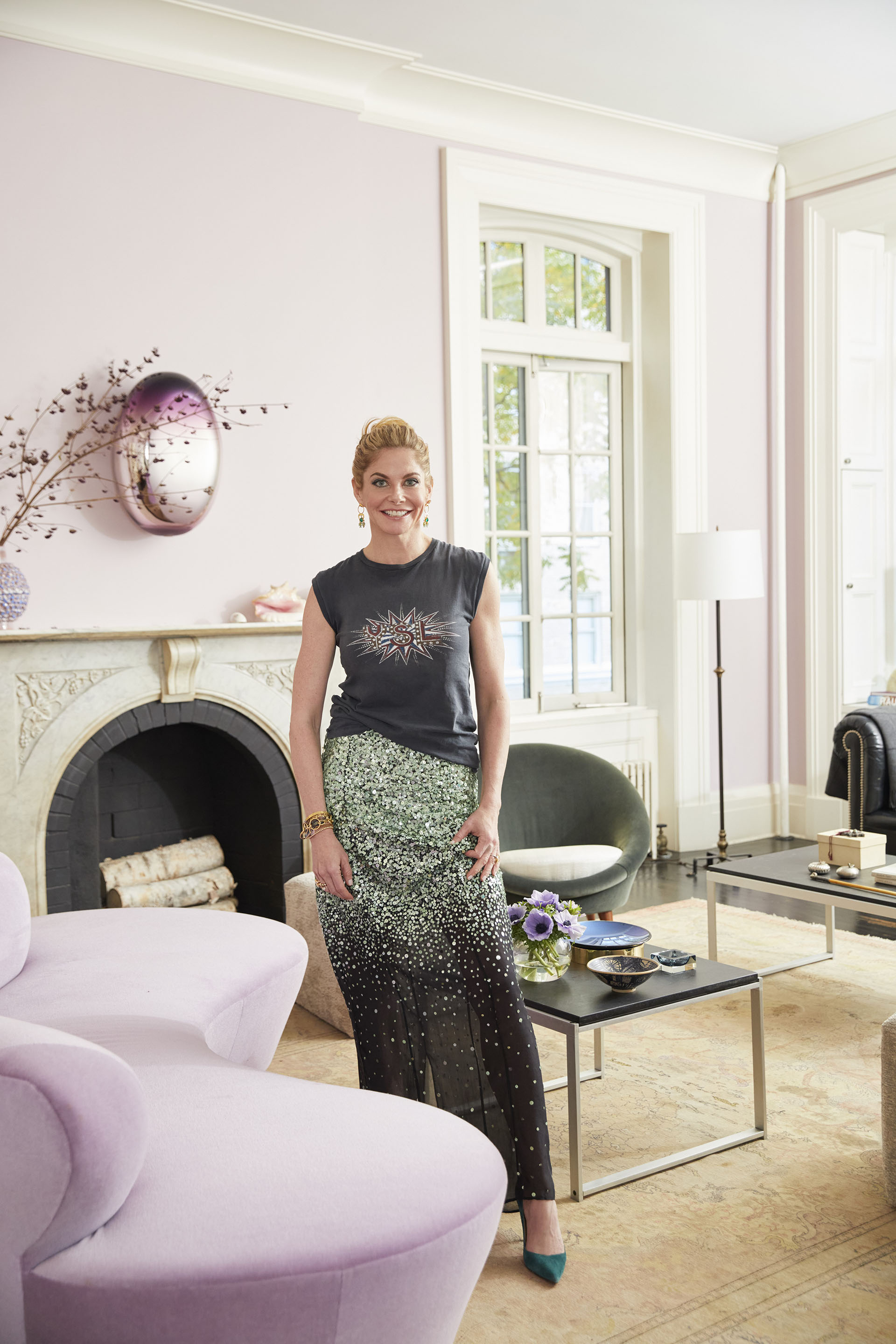
Since founding her eponymous design firm, Sara Story has forged a reputation for imparting to all of her projects an ineffable style she can truly call her own. Drawing inspiration from extensive travels, an active interest in contemporary art and fashion, and a rigorous lifestyle, Sara wields a keen eye to exact her aesthetic vision: crisp, elegant, and comfortable gestures that thoughtfully balance multiple elements of good design for an everyday, polished life.
3. For a softer look choose Roman blinds
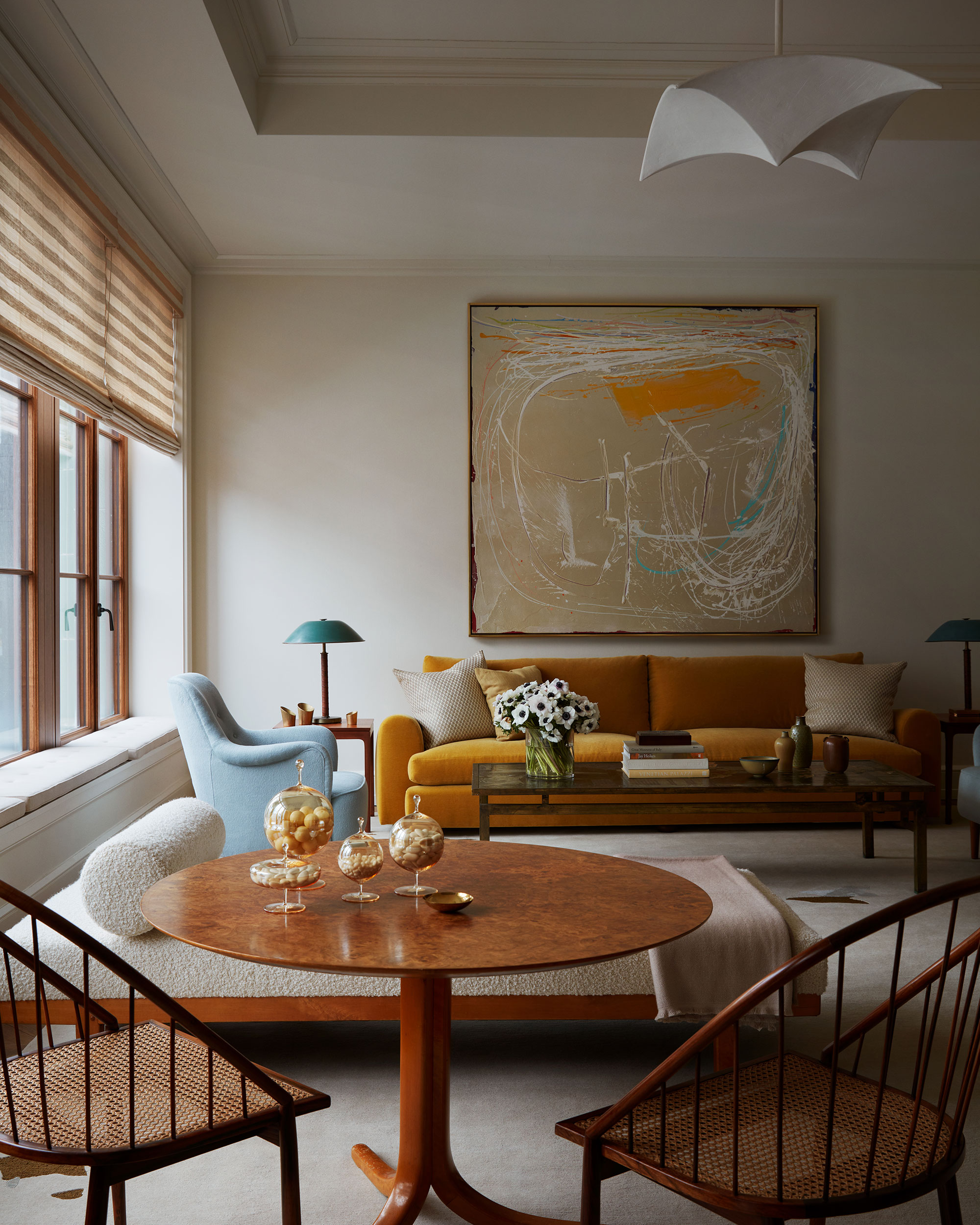
Roman blinds offer a more streamlined alternative to traditional curtains, covering windows without taking up huge amounts of space. The fabric drapery of a Roman blind is a clever use of material, elegantly folding up inside the window space. The neat gathering element of Roman shades ensures they always look smart and stylish, without overpowering a room with metres of cloth.
Designer, Andi Morse at Morse Design, says, 'Roman shades are always a beautiful addition to any room in a home. I would use them for privacy, blocking light, and to add decor.'
Sara Story agrees, 'Roman blinds are always great, they provide a very tailored and functional window coverage. A tailored Roman shade is a great way for one to have a stylish modern interior as well as a discreet solar shade that goes into a pocket when not in use.'
'For windows where privacy or light filtering is needed, we love using inside mount flat roman shades in a woven wood or linen. They fold up nicely close to the window trim and don't hide the beautiful millwork around the window.' adds Emily Ruff.
Roman window blinds can be made from fabrics that match your upholstery and create a connection with carpets, sofas, cushions, and rugs. Or they can be introduced using more muted tones so that they behave more submissively in the room.
4. Be on trend with a café curtain
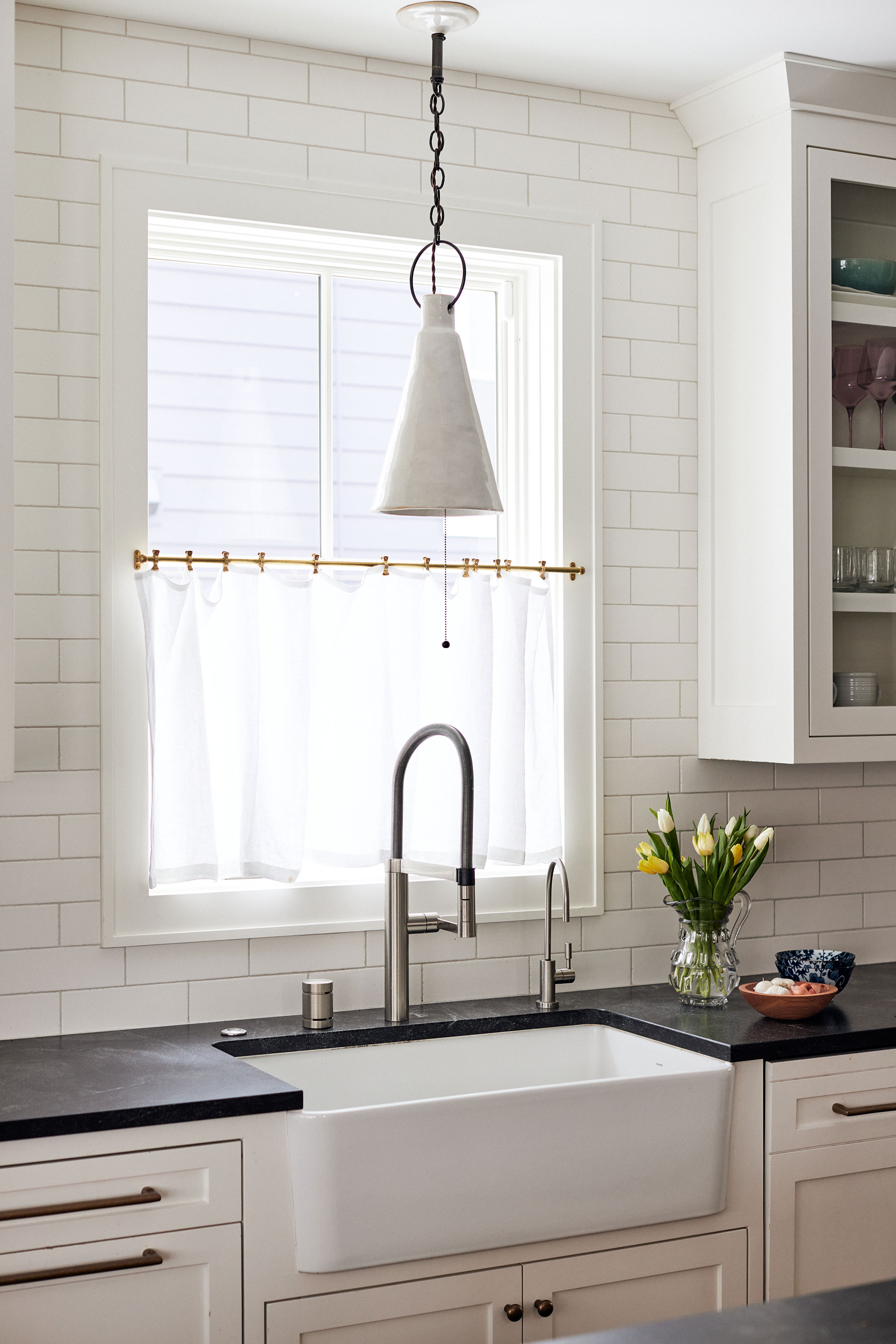
A permanently overlooked room can be tricky to work with. Light is essential for our well-being, and mood and for practical working reasons, so simply covering up an overlooked room does not provide a realistic solution.
To overcome this situation embrace the emerging interior design trend for cafe curtains. Adding a simple rod, with sheer fabric across one half of the window, is a clever way to let plenty of light in, but crucially, ensures privacy. This can be a practical kitchen window idea, adding softness to the space as well as privacy.
This treatment is affordable and will look polished. Another consideration for an overlooked window is to apply window glazing graphics, and decals, to knock out any unpleasant views very simply and cheaply, but allowing light to flood into the room.
5.Go for the tried and tested approach of frosted glass
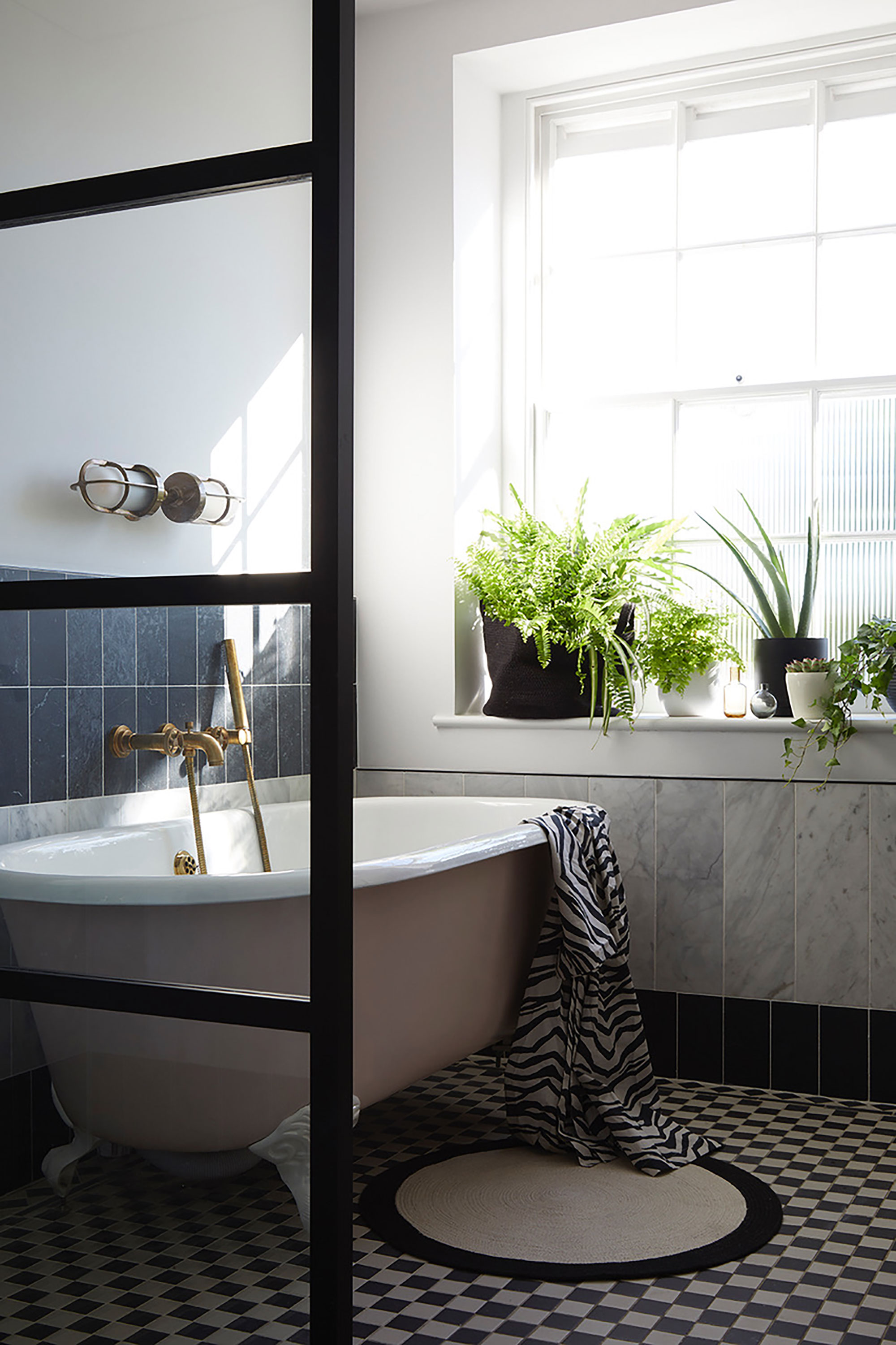
If you want to go without window treatments completely but are still in need of the privacy, frosted, or some form of patterned glass will do the trick. This is a particularly effective approach for bathroom windows where drapes and most fabric window treatments aren't a practical option.
Patterned glass today comes in a range of elegant reeded and ribbed patterns, sanitized, frosted, or colored glass panes, all styles offer a chic contemporary look and feel to a bathroom, which does not compromise on style.
The Art of Home: A Designer Guide to Creating an Elevated Yet Approachable Home | $26.91 at Amazon
In The Art of Home, Shea McGee takes us through every room of the house. With step-by-step guides paired with her own design projects and the power of her personal stories, Shea helps us transform the most important parts of our lives and how we live.
FAQs
What are the best alternatives to curtains?
The range of alternatives to curtains is vast and exciting. Choosing what treatment is best for your window, architecture and personal style is the fun part. But it does come down to what room you are decorating, the size of the window, how much light you want to bring in, how much privacy you need, etc.
Some effective alternatives are Roman blinds, shutters, and elegant window films. Or, if possible in your space, totally forgo window treatments and allow the windows to be the focus – this is a good approach in smaller rooms where you don't want to add any additional visual bulk and really maximize natural light.
Sign up to the Homes & Gardens newsletter
Design expertise in your inbox – from inspiring decorating ideas and beautiful celebrity homes to practical gardening advice and shopping round-ups.

Hannah Newton is a lifestyle, interiors, travel and design journalist and editor who has been writing for the past two decades, she has written for national newspapers including The Times, The Telegraph, The Guardian and The Observer as well as interiors titles Elle Decoration and Architectural Digest in the UK and across Europe, South Africa and Australia.
-
 Extend the lifespan of your appliance with 5 simple but crucial washing machine maintenance tips
Extend the lifespan of your appliance with 5 simple but crucial washing machine maintenance tipsFrom cleaning the filters to keeping the door open, experts reveal the washer tips they swear by
By Andy van Terheyden Published
-
 These are the 6 must-have colors to decorate with in April 2025
These are the 6 must-have colors to decorate with in April 2025What do retro-inspired yellows and beautiful blues all have in common? They're on our hot list for the season ahead
By Sophia Pouget de St Victor Published
